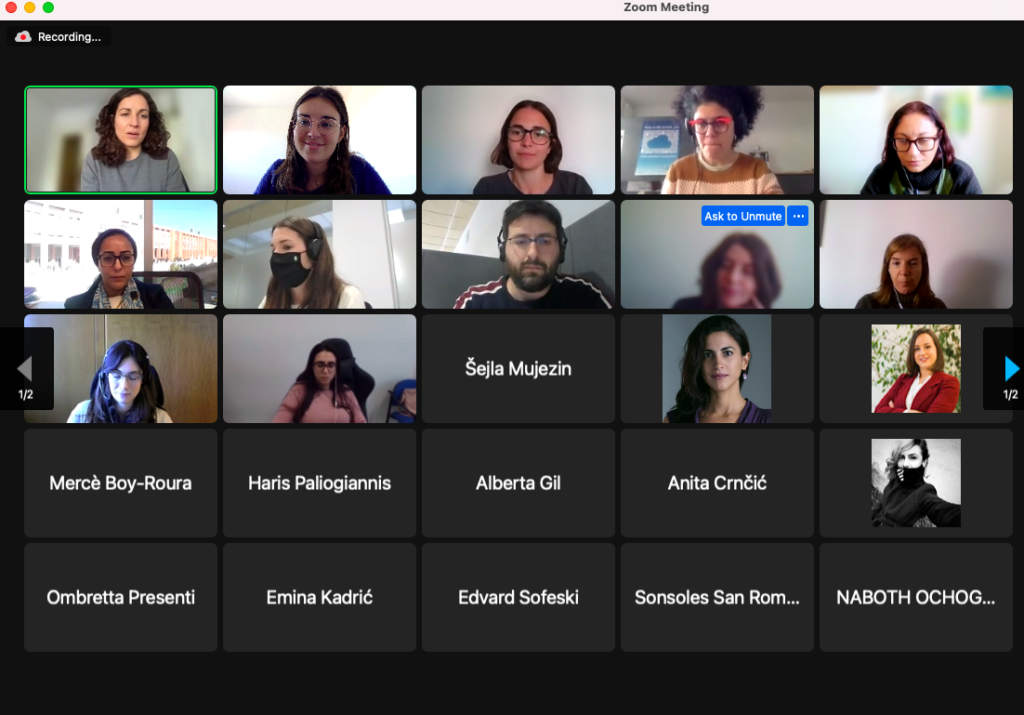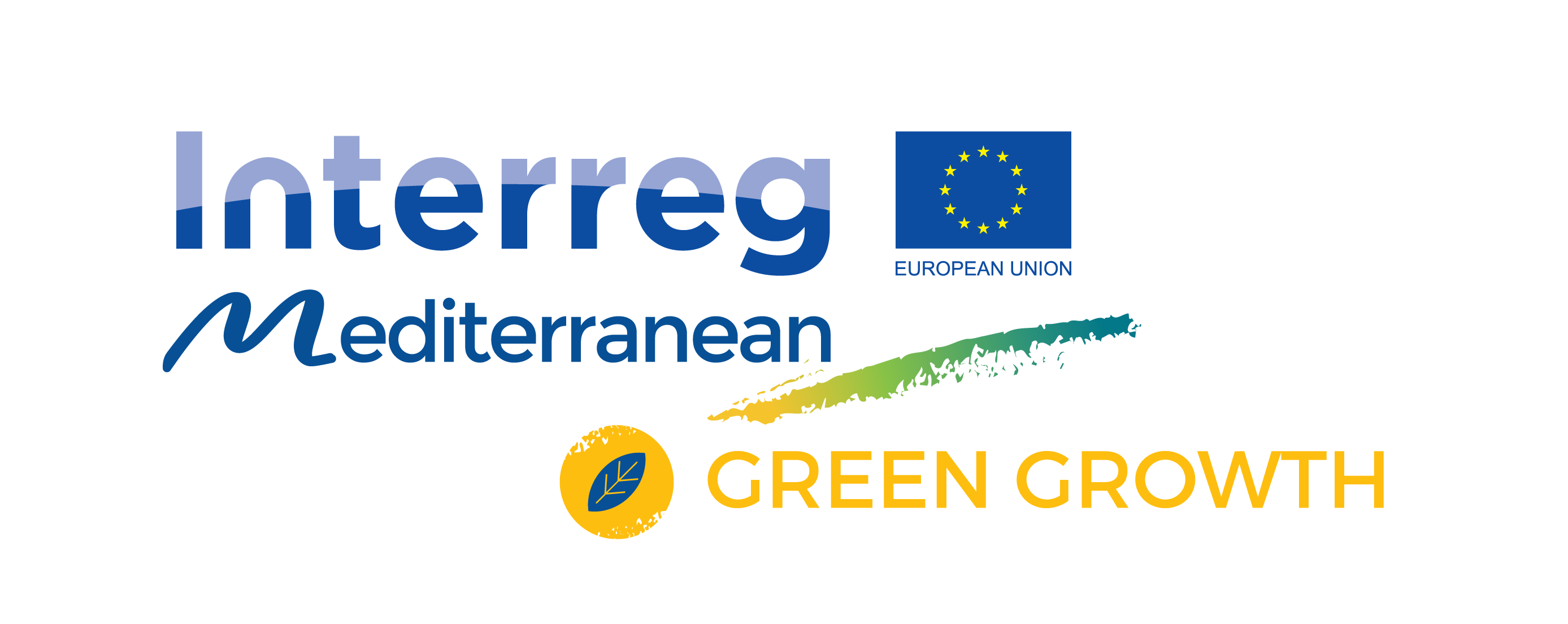The Interreg MED Green Growth Community held the second communication training on the 22nd of February. The session focused on envisioning the future of sustainable extra virgin olive oil production and developing a visual story following a systems innovation approach.
The second Interreg MED Green Growth Community (GGC) training took place online gathering a diverse audience from across the Mediterranean. Representatives from local; national, and regional authorities; SMEs and enterprises; and NGOs mainly from Spain, Italy, Bosnia and Herzegovina, Greece and Tunisia. REVOLVE – the GGC’s communications partner, invited the whole Interreg MED Community and any other initiatives or actors in the field of sustainability to imagine different scenarios of the desired futu

re. How do you imagine the world in 10 years? What do you want your project or initiative to look like in that future world? Which targets would you like to achieve?
Starting from a common vision about the desired future, participants had to address a challenge from a specific stakeholder perspective. Following the topic of the GGC project Aristoil, the challenge focuses on how to ensure sustainable extra virgin olive oil (EVOO) production. Participants were divided into three breakout rooms, each of them focused on a stakeholder: civil society, government, and industry.
The participants shared radical ideas and envisioned their desired future by designing their visual stories. The stories built during the training ranged from recovering traditional varieties of olives to fighting depopulation in Sicilian rural areas to using drones to monitor olive oil fields improving. This exercise has the potential to be replicated with a wide variety of challenges, sectors and stakeholders to build more constructive stories.
Participants started to build these stories from the cover imagining what the main media would talk about their project’s success. From the cover, they had to think about the radical idea that drove them and their project to that future, giving some insights into the core of their project. Continuing with the envisioning process, participants imagined what a varied range of citizens would say about their project.
However, to get to that shiny future, they might have suffered pitfalls, drawbacks or achieved milestones in the way. The stack of papers was one of the last steps in the visual story process where they had to think about these drawbacks. To wrap up and visualize their story, they had to draw some pictures or find images to represent the changes achieved in the short, middle and long term.
The visual story exercise was based on a template from the EIT Climate-KIC visual toolbox for system innovation. You can see the adapted canvas for the GGC training here with an example from the civil society perspective.
